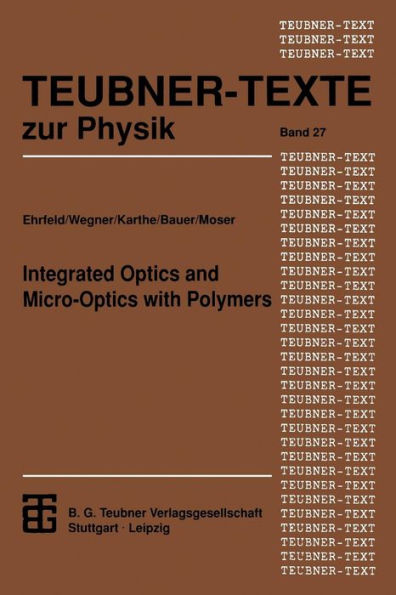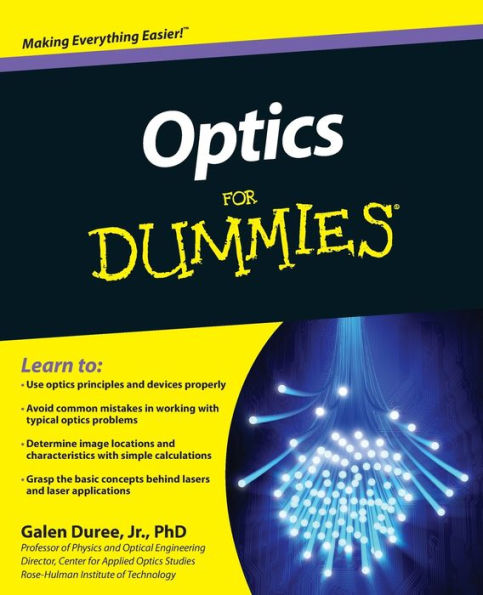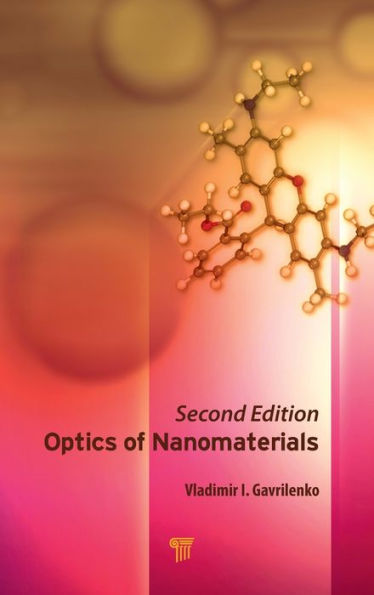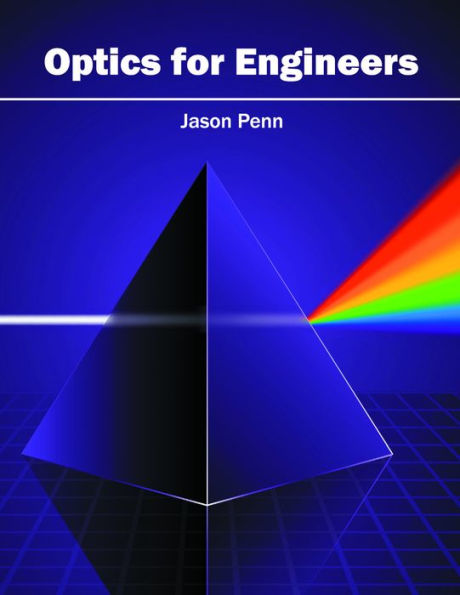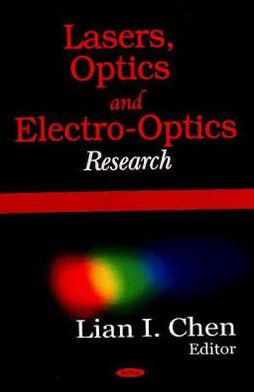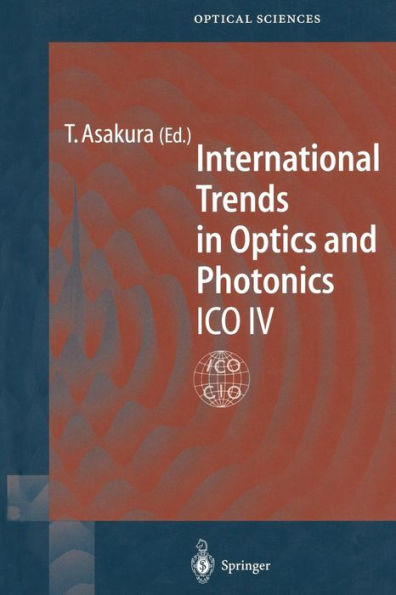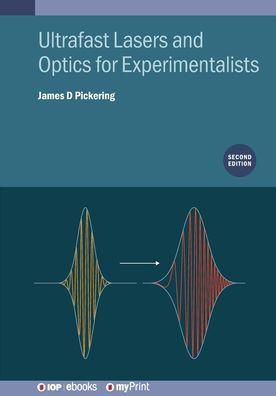Home
Photoreceptor Optics
Barnes and Noble
Loading Inventory...
Photoreceptor Optics in Bloomington, MN
Current price: $109.99

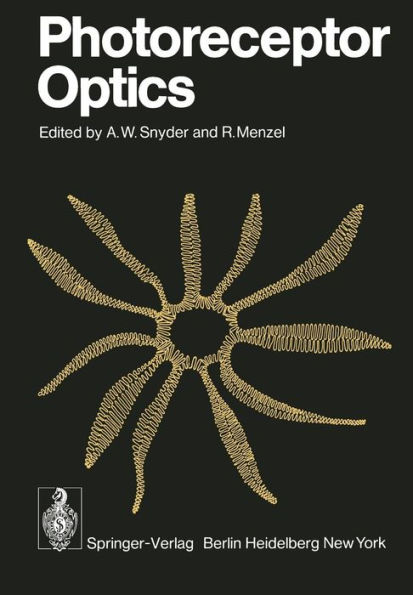
Photoreceptor Optics in Bloomington, MN
Current price: $109.99
Loading Inventory...
Size: OS
The above consideration indicates that at present many of the experimental facts on PS in animals can be quantitatively explained within the limits of the "universal" photoreceptor membrane concept. Of course, existence of preferential orientation of the absorbing dipoles in the tubuli of the rhabdomeres can not be totally rejected. We hope that the concept of the "universal" photoreceptor membrane may serve as the useful instrument when dealing with newly discovered properties of visual cells so that true mechanisms of electrical and optical coupling will be searched for instead of assumptions being made on additional properties of the photoreceptor membrane in every new animal under study. 5. Absorption Spectrum of the Universal Photoreceptor Membrane and Spectral Sensitivity of the Photoreceptor 5. 1 Preliminary Notes It seems nearly self-evident that the absorption spectrum of the pho toreceptor membrane coincides exactly with that of the visual pigment it contains. Hence, the membrane must exhibit three bands of absorp tion - the principal band with its peak within the limits of visible spectrum (or a-peak); the secondary band between 340 and 380 nm (S peak); and the third, protein band, in the ultraviolet (UV) at 280 nm (COLLINS et al. , 1952). The main peak of absorption is located within the range 433-575 nm for retinol-based pigments and between 438 and 620 nm for 3-dehydroretinol-based pigments, the position of Amax de pending on many ecological factors.
The above consideration indicates that at present many of the experimental facts on PS in animals can be quantitatively explained within the limits of the "universal" photoreceptor membrane concept. Of course, existence of preferential orientation of the absorbing dipoles in the tubuli of the rhabdomeres can not be totally rejected. We hope that the concept of the "universal" photoreceptor membrane may serve as the useful instrument when dealing with newly discovered properties of visual cells so that true mechanisms of electrical and optical coupling will be searched for instead of assumptions being made on additional properties of the photoreceptor membrane in every new animal under study. 5. Absorption Spectrum of the Universal Photoreceptor Membrane and Spectral Sensitivity of the Photoreceptor 5. 1 Preliminary Notes It seems nearly self-evident that the absorption spectrum of the pho toreceptor membrane coincides exactly with that of the visual pigment it contains. Hence, the membrane must exhibit three bands of absorp tion - the principal band with its peak within the limits of visible spectrum (or a-peak); the secondary band between 340 and 380 nm (S peak); and the third, protein band, in the ultraviolet (UV) at 280 nm (COLLINS et al. , 1952). The main peak of absorption is located within the range 433-575 nm for retinol-based pigments and between 438 and 620 nm for 3-dehydroretinol-based pigments, the position of Amax de pending on many ecological factors.
